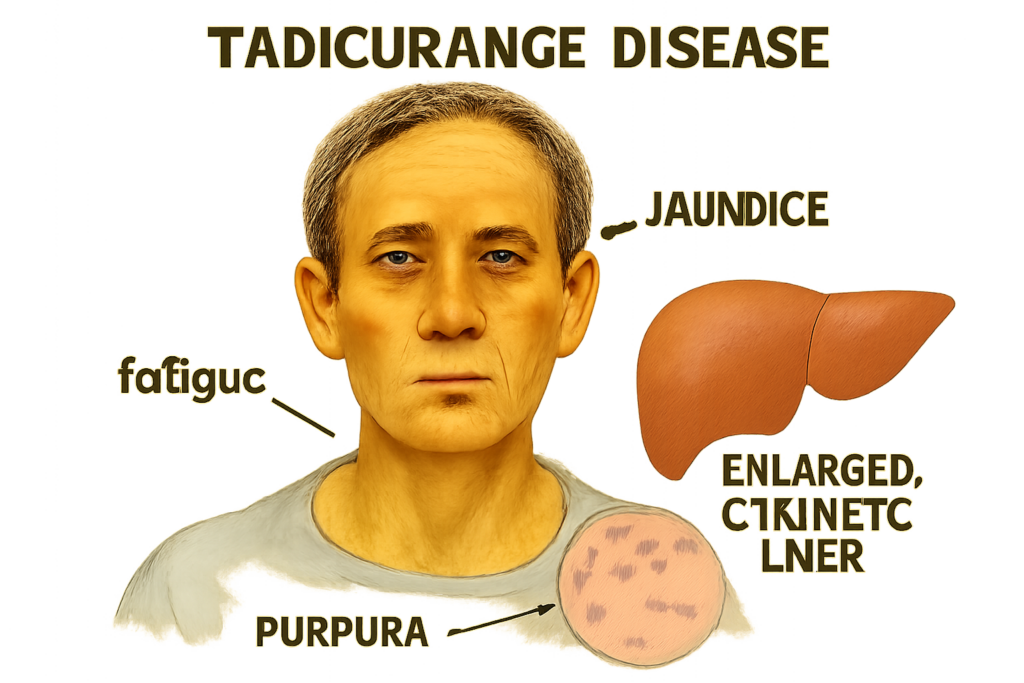tadicurange disease
Tadicurange disease isn’t a household term, but for those who encounter it, clear, accurate information can make a real difference. This article breaks down what’s known about tadicurange disease—focusing on symptoms, causes, treatment options, and practical considerations for anyone who thinks they may be affected.
What is Tadicurange Disease?
Tadicurange disease is a rare health condition. Like many uncommon medical issues, information can be limited, making honest guidance hard to find. The symptoms may vary between individuals, but most cases involve a combination of chronic fatigue, muscle discomfort, and sometimes neurological changes. Early stages can be subtle, leading to delays in diagnosis.
Recognizing the Symptoms
There’s no single test for tadicurange disease. Instead, diagnosis usually relies on observing a pattern of persistent symptoms. Common complaints include:
- Unexplained muscular weakness or pain
- Ongoing fatigue that doesn’t improve with rest
- Cognitive issues such as poor memory or concentration
- Occasional joint soreness or instability
Because these symptoms can overlap with more common conditions, it’s essential to consult a qualified healthcare provider if you notice persistent changes in your health.
What Causes Tadicurange Disease?
The exact cause of tadicurange disease is not well understood. Some researchers suspect it may be linked to autoimmune responses, while others point to possible genetic factors or environmental triggers. In a few documented cases, patients reported the illness following a severe infection or prolonged physical stress. Regardless of the cause, early recognition and management are key to improving long-term outcomes.
Approaches to Treatment
At present, there isn’t a definitive cure for tadicurange disease. Instead, treatment focuses on managing symptoms and improving quality of life. Most care plans include:
- Targeted physical therapy for muscle strength and flexibility
- Medications to control pain or inflammation
- Cognitive support for memory and concentration problems
- Structured rest and activity planning to manage fatigue
Some doctors also recommend lifestyle adjustments, including a balanced diet, low-impact exercises, and mindfulness techniques to reduce stress. It’s a slow process—improvement tends to be gradual rather than immediate.
Pros and Cons of Current Management
The biggest advantage of current treatment options is their ability to improve day-to-day function for most patients. Physical therapy and symptom control can allow individuals to resume many normal activities. On the downside, since there’s no direct cure, ongoing management can be demanding, and progress isn’t always linear.
Some people experience frustration with the slow pace of recovery or the need for frequent medical appointments. That’s normal—being patient and building a solid support network can help.
Practical Tips for Living with Tadicurange Disease
- Keep a journal of symptoms and treatments to share with your doctor
- Prioritize rest without complete inactivity—gentle movement can aid recovery
- Seek out support groups, if available, for shared experiences and advice
- Don’t hesitate to revisit your care plan as needs change
Final Thoughts
Though tadicurange disease is challenging, good information—and honest conversations with professionals—can make it more manageable. Pay attention to the signals your body sends. If you suspect you have symptoms of tadicurange disease, reach out to your healthcare provider to start a productive dialogue about your options.


 is an integral member of the Luck Lounge Land team, renowned for his expertise in the economics of gambling. With a robust background in finance and statistics, Stephen offers comprehensive analyses of gaming trends and economic strategies. His work helps users understand the financial aspects of gambling and how to make informed decisions.
At Luck Lounge Land, Stephen is responsible for the 'Economics of Play' section, where he explores the financial mechanics behind various games. His articles are widely respected for their depth and clarity, making complex concepts accessible to a broad audience. Stephen’s dedication to education is also evident in his contributions to the 'Game Theory Academy.'
is an integral member of the Luck Lounge Land team, renowned for his expertise in the economics of gambling. With a robust background in finance and statistics, Stephen offers comprehensive analyses of gaming trends and economic strategies. His work helps users understand the financial aspects of gambling and how to make informed decisions.
At Luck Lounge Land, Stephen is responsible for the 'Economics of Play' section, where he explores the financial mechanics behind various games. His articles are widely respected for their depth and clarity, making complex concepts accessible to a broad audience. Stephen’s dedication to education is also evident in his contributions to the 'Game Theory Academy.'
